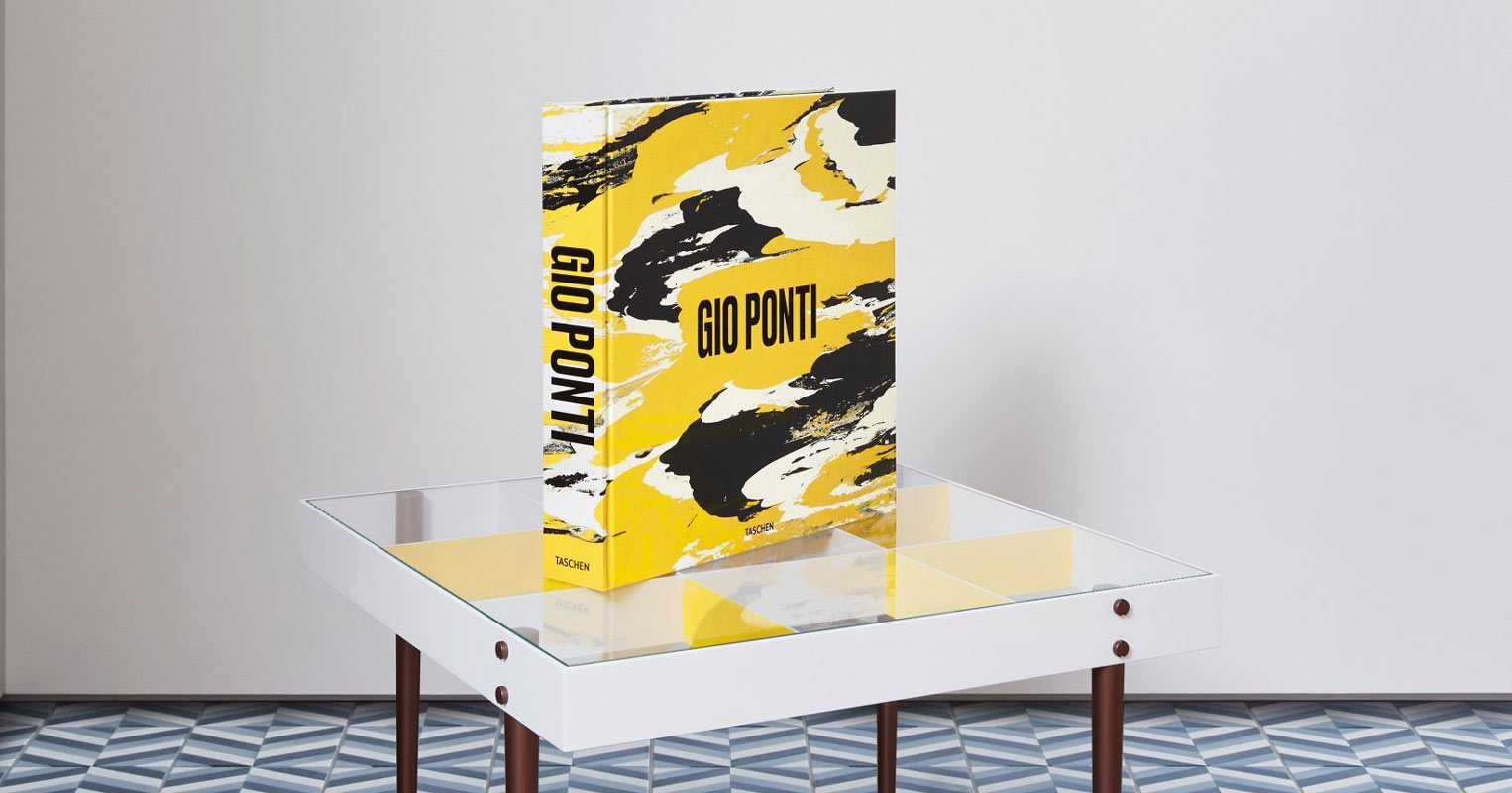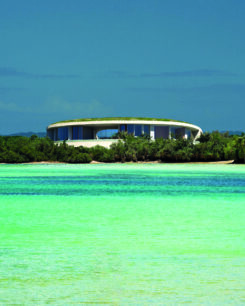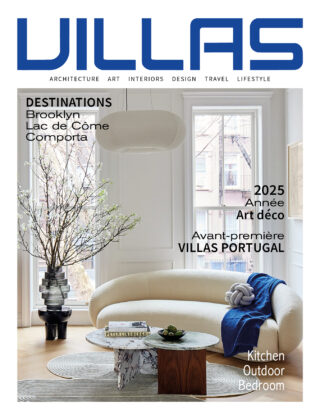Sommaire
Gio Ponti: symbol of the modern renaissance in Italy and the world
The renowned buildings of an iconic and eclectic designer
Anyone looking for inspiration for their interiors or even ideas for trips taking in the most beautiful architecture ever created, are well advised to seek out Taschen’s “Gio Ponti“, a handsome work abounding with details of 136 projects by architect and furniture designer Giovanni Ponti (1891-1979). As an architect, Gio Ponti built in 13 different countries. Like the Belgian architect and designer Jules Wabbes, his creations found an echo in the design world in the United States, where he became particularly popular with the creative duo Charles and Ray Eames.
A classical style characterised the first stages of Gio Ponti’s career in the 1920s, bypassing the Art Deco trend that fuelled the architecture of the Italian fascist regime. He designed private houses influenced, skilfully or sparingly, by the architectural language of the Italian architect Palladio, an iconic figure of the Italian Renaissance during the 16th century thanks to his Barbaro, Rotonda and Foscari villas, whose architectural elements were inspired by Antiquity. Gio Ponti’s almost avant-garde aesthetic heralded the future popularity of the Palladian trend in the 1970s and the early days of postmodernism. Paris was also infatuated with these forms with their undeniable heritage. Gio Ponti designed his first house outside of Italy in 1928: a poetic building called the Flying Angel, also known as Villa Bouilhet (named after Tony Bouilhet, then director of the goldsmith Christofle, for whom the Italian designed a number of objects). This first period of Gio Ponti’s work drew to an end with the decoration of the Palazzo del Bo and the Palazzo Liviano at the University of Padua, which he concluded with his artist friends and his daughter. His frescoes remain there and continue to dazzle visitors to this day.
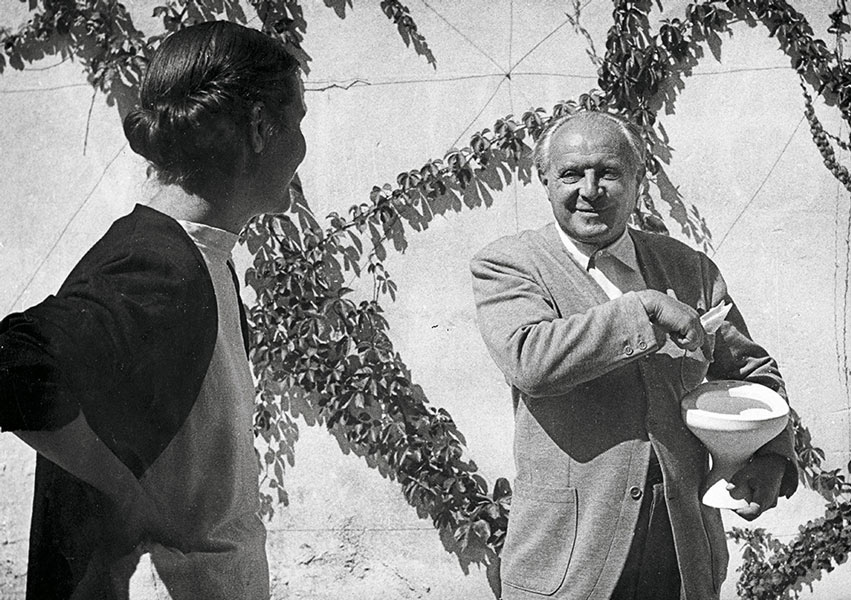
Courtesy of Taschen
In the 1950s, the Milanese skyscraper that Gio Ponti built with the Italian engineer Pier Luigi Nervi for his client, the industrialist Alberto Pirelli, became the emblem of Italy’s emergence into the modern era. Located right at the heart of Milan, the Pirelli Tower definitively transformed the city and became one of the symbols of Italian modernity. His design earned Gio Ponti a reputation outside the Italian economic capital, paving the way for his newly radical spirit to be expressed on the international stage.
Gio Ponti’s total involvement in all the stages of creation of his projects echoes the work of architects in Brazil – a territory that was opening up to innovations at the same time – as well as in Mexico and Venezuela. Gio Ponti’s Villa Planchart was built in Caracas in 1955. Its floor in different coloured marble, its structural and decorative use of wood and metal and its decoration dotted with numerous objects of art, collector items or handcrafted works, was widely acclaimed. Gio Ponti repeated this maximalist atmosphere, this time for the interior of the Villa Nemazee in Tehran. This project gave pride of place to geometry and contrasts between the purest whites and blues. Gio Ponti’s talent as a colourist, in addition to his ability to combine textures and construction and decoration materials with consummate skill, once again came to the world’s attention.
Other pinnacles of Gio Ponti’s career are the Denver Art Museum (1971), which he built in collaboration with the American architectural firm James Sudler Associates, and the Cathedral of Taranto (1964-70) in Puglia, which reflects the extreme austerity and the most graphic features of the Gothic style. In 2021, following retrospective exhibitions at the Milan Triennial and the Museum of Decorative Arts in Paris, the Denver Art Museum will be devoting a major exhibition to the architect: “Designers of a Thousand Talents”.
The art of conceiving all designs as relevant and timeless objects
As the American architect and designer Charles Eames famously declared: Gio Ponti was one of those rare designers who saw every element of his creations as a work of architecture. As a designer, the maestro came up with products for over 120 companies, both Italian and international. He began with the catalogue of the Florentine ceramics manufacturer Richard Ginori, where he gradually revolutionised the company’s age-old traditions, which had been operating since the 18th century. In 1948, he finally became a household name in Italy thanks to his La Cornuta espresso machine designed for the manufacturer La Pavoni.
At the same time, Gio Ponti served as editor for the first 560 issues of Domus magazine, while writing, illustrating, drawing and painting an impressive number of letters, manuscripts, poems and works on paper. This relentless, all-encompassing creation enabled him to give life to original pieces of furniture that have truly stood the test of time. The highly-versatile Superleggera cane chair (1952), with its futuristic profile for its time and ultra-lightweight design – as its name suggests – has been reissued by Cassina with great success since 2017. And the Round D.154.5 armchair, originally dreamt up in 1954 for the Alitalia airline headquarters in New York, is still breath-taking, even by today’s standards. It is based solely on the assembly of six elements (legs, backrest, seat). It was manufactured by the family firm Molteni, which reproduces most of the coffee tables, dining tables, armchairs, chairs and bookcases designed by Gio Ponti.
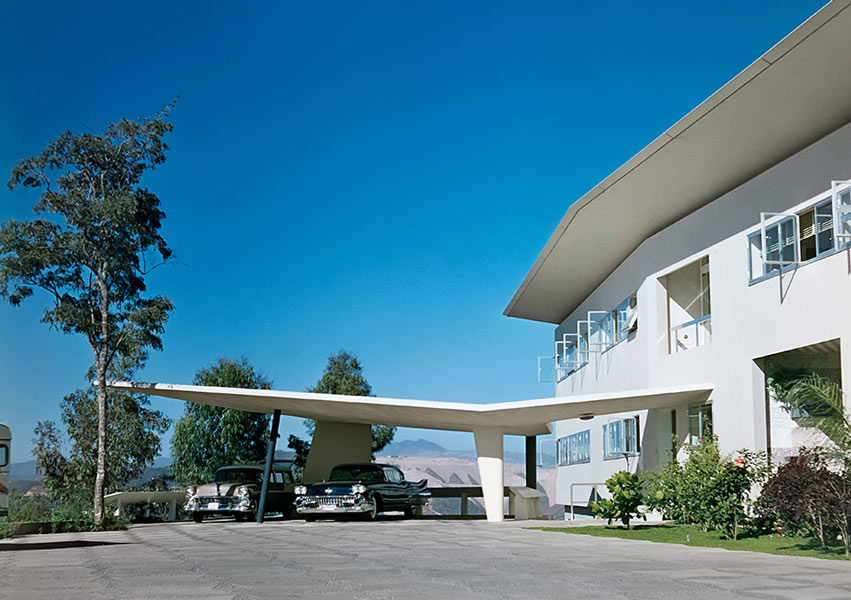
Courtesy of Taschen
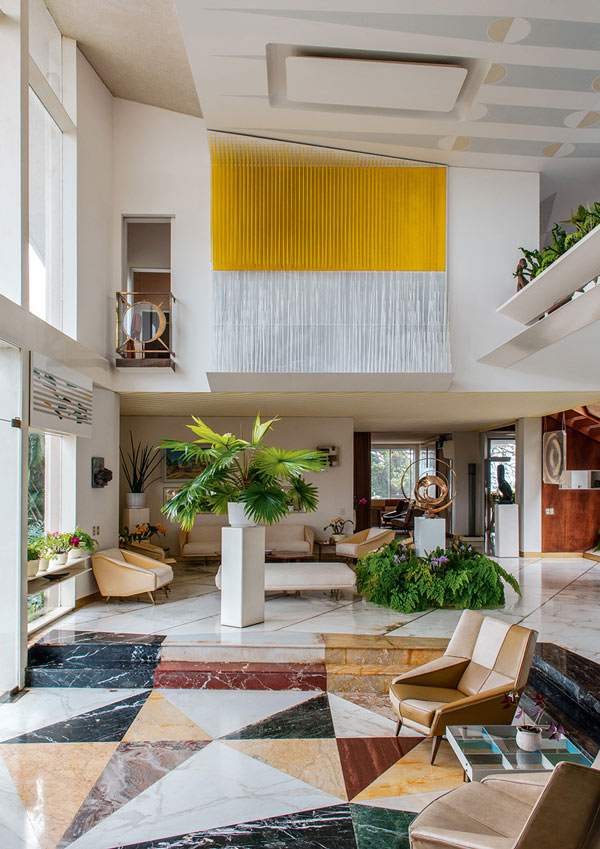
Courtesy of Taschen
The most comprehensive opus on this leading Italian architect
A journey deep into the creative world of a genius
Celebrated by museums, antique galleries, as well as design galleries around the world, but also by the art market and auction houses, where his work frequently sets records in the niche furniture sector, Gio Ponti continues to influence the architecture, design and publishing landscape. His sharp sense of modernity, his radicalism, his generosity, and the profoundly protean character of his body of work were an instant match for Taschen. Indeed, the star book publisher has itself been defying convention since it first came onto the market with its beautiful books, which it isn’t afraid to produce in large, very large dimensions…
Taking readers from the twenties and the interwar period to the seventies, the 572 pages of “Gio Ponti” as produced by the authors of the book, Gio Ponti’s daughter Lisa Licitra Ponti, historians Brian Kish and Fabio Marino, photographer and curator Salvatore Licitra, consultant and designer Stefano Casciani, and editor Karl Kolbitz (who was also behind the fascinating “Entryways of Milan. Ingressi di Milano”), is an epic work. Throughout these pages, the reader is taken on an exploration of fully immersive images and previously unpublished documentation that shed light on the sheer range of Gio Ponti’s talent. The texts that are featured and a biographical essay have been produced from the Gio Ponti Archive.
The exceptional art edition produced by Taschen in collaboration with Molteni
Limited to 1,000 numbered copies, “Gio Ponti. Art Edition” is an exceptional set of works that includes: the book “Gio Ponti”, a selection of four photographic prints showing the abundant sketches and designs made by the designer for cruise ship interiors and their first-class lounges, such as those of the Conte Grande and the Conte Biancamano (1949). Last, but not certainly not least, this very special edition even includes a piece of furniture by the architect and designer. This is the Planchart coffee table, a re-edition of the famous Arlecchino table, originally conceived as a unique piece for the Villa Planchart. What makes it so special? Its intertwined geometric shapes and colours are drawn from the universe shared by the artists of the De Stijl art movement, Theo van Doesburg and Piet Mondrian. An ode to modernity in its purest form.
